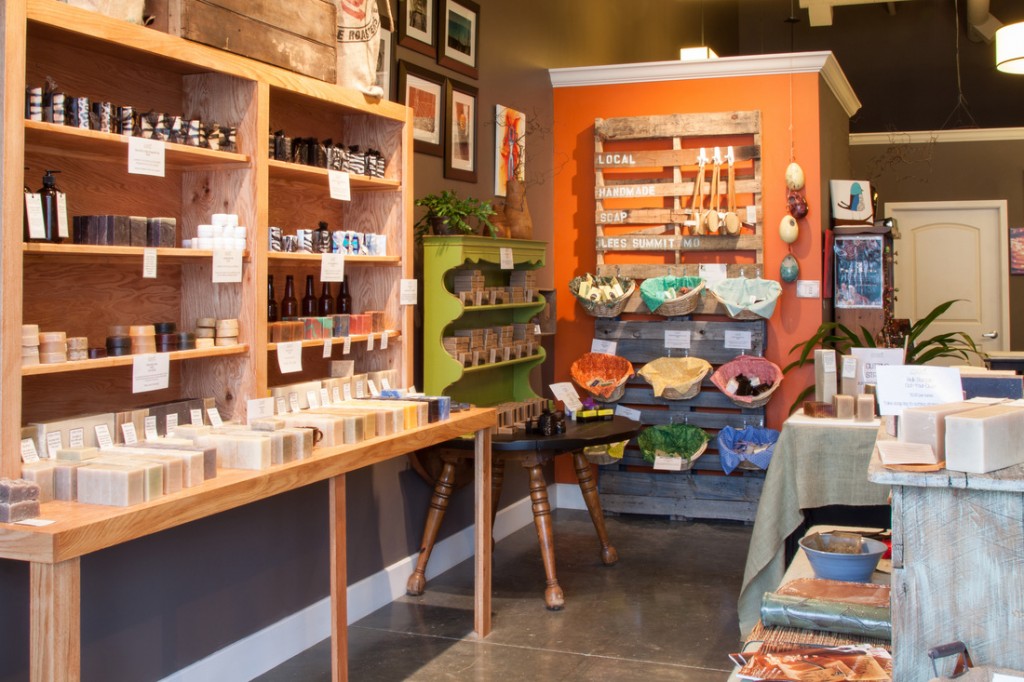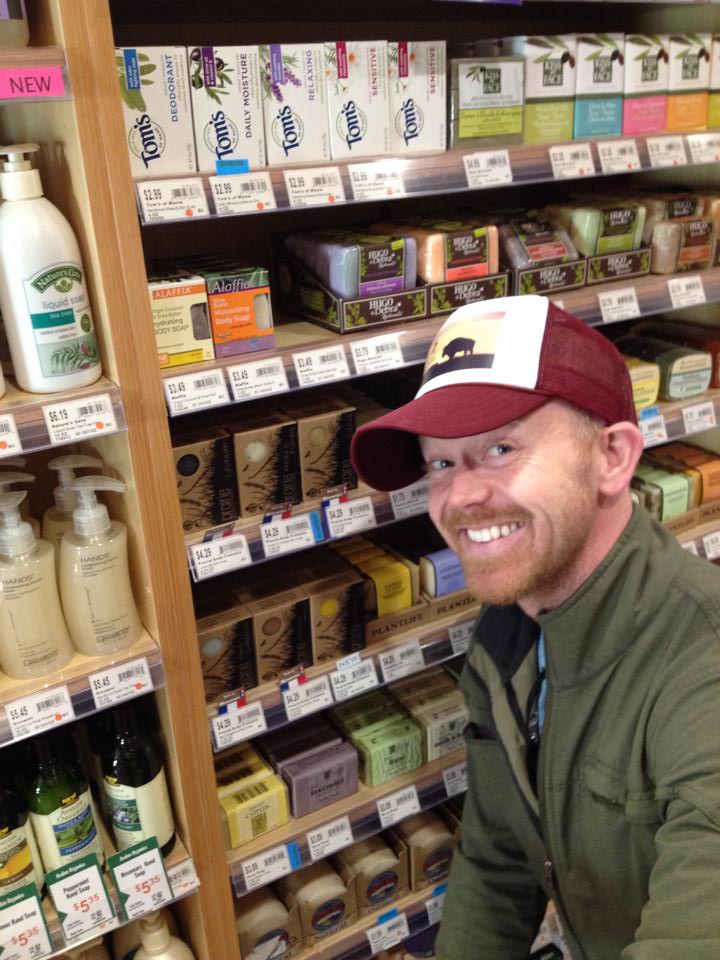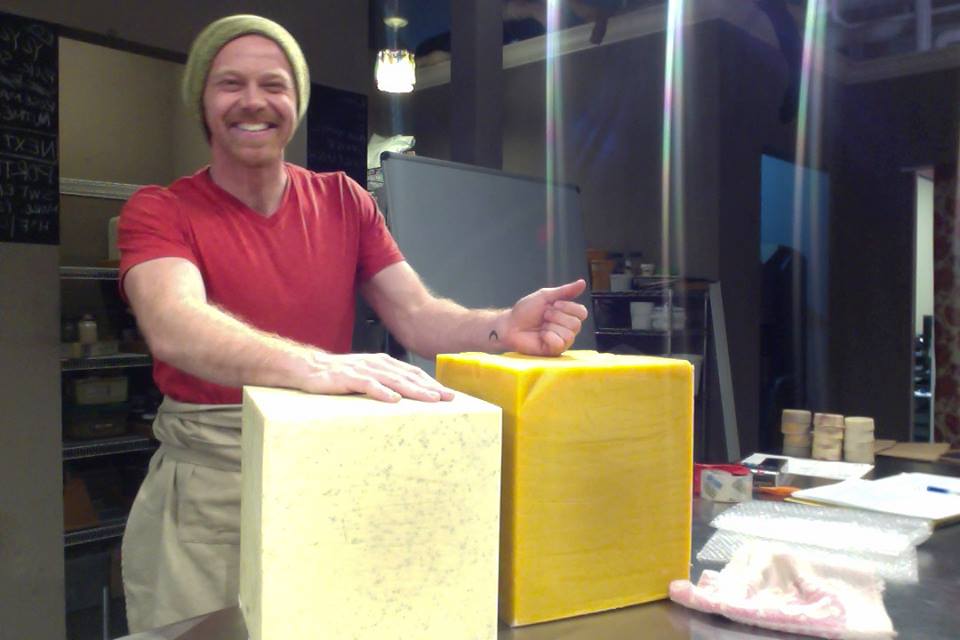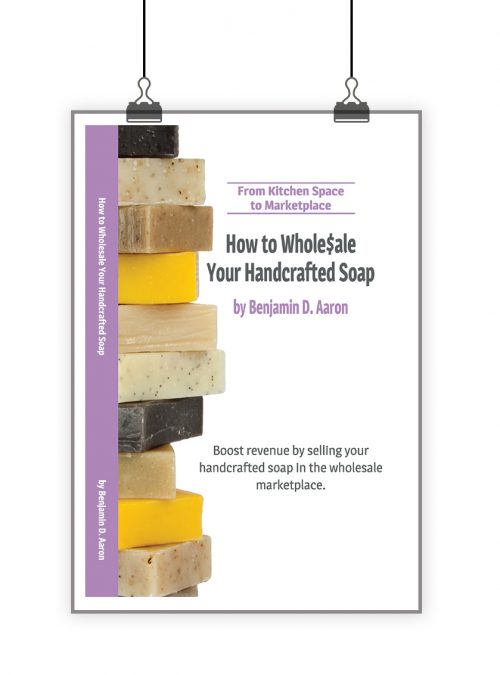All links to Amazon are affiliate links.
This should go without saying, but you must consider your personal strengths when establishing a business model that suits you. Yes, your business model can and should suit you, not the other way around.
I’ve been following a really cool soap and skin care company for a while now, where the proprietor of the business, does a great job of being an influencer. When visiting the site, you are cordially bombarded with email newsletter sign-ups and warmly invited to join her Facebook Group. The proprietor is constantly posting tips, tricks, edited videos and even conducts Facebook Live videos within her group. She has established herself as an authority figure on skin care, and each time she is in front of her group, she influences them with a product on any given skin care topic she creates. She also has a substantial blog, full of beautifully edited content, high quality pictures and almost always a funnel to sell a product. She is not only an influencer, but a giver of her experiences and expertise.
Influencers are people who spend a LOT of time online. They generate enormous amounts of high-quality content, often at lightning speed. They’re incredibly savvy when it comes to social media. They’re constantly engaging with an ever-growing audience of potential consumers.
And here is the rub…if the type of activities required of an influencer model don’t align with your strengths, don’t choose the influencer business model. Of course, you could work on improving your content creation skills, but if being uniquely gifted at those kinds of activities isn’t naturally in your DNA, or you’re not willing to work non-stop to get up to speed, you’ll have an uphill battle ahead of you, and you may reach burnout before you reach the success you are seeking. There are other approaches to establishing an equally successful business model:
I have also been following (for over a decade) an equally successful company with a completely different model. Though this company has an online shopping revenue stream and even a factory outlet, they primarily uses a b2b, or wholesale model. On their website you can find everything you would need to create a wholesale account and begin ordering as a retailer. They also offer private label opportunities for retailers looking to create a uniquely branded experience for their end consumers. They have material safety data on all products, to ensure the retailer that the properties and regulations of any of their products have been thoroughly researched and accounted for. Their terms and conditions for wholesale orders are right there in the wholesale section of their site. Literally everything a retailer would need to know is provided for them, clear as day.
Their model is WORLDS different from the influencer business model, yet both are WILDLY successful. The influencer uses her strengths as a savvy tech/online developer and the wholesaler has taken the economies of scale road, which allows them to sell large quantities at low prices. Neither is wrong, both are right. They have used their strengths to create a business model that suits them, respectfully. What model will you use?
How My Business Evolved
Not totally understanding the consequences of under-pricing, I quickly began selling my soap and skin care products to retail outlets. I didn’t necessarily care who they were, or who their end-consumer was (avoiding this mishap will be tackled later), but I was determined to sell to other businesses, as I had no other transactional outlet on the horizon at the time. This business-to-business (b2b) model is often referred to as wholesale.
Making phone call after phone call, strumming up as much energy and excitement as I could about my growing business, I eventually gained traction in the wholesale arena. As success always leaving clues, I was able to hone my wholesale skills with every new sale, implementing a sales strategy that made it not only easier for me, but also for my clients. At this stage of my business, my revenue model was wholesale, and my one and only revenue stream was collecting checks approximately 30 days after an order was delivered (net 30). You can find everything there is to know about wholesaling in my book:
The following years proved fruitful, and during that time I [slowly] built a website and established a social media presence. Though you could say I created another revenue model via online retail, I can honestly say that website traffic was not as important to me as b2b at the time, and thus I did not actively engage in online marketing for a while. Sure, we had a few online sales, but the lion’s share of our marketing efforts was conducted with other companies.
In the summer of 2012, a story was run on our budding company in a local magazine. We felt great about the article but didn’t think much of it after it was published. But, just a month after the article came out, I was contacted by a commercial real estate firm who owned a shopping center in town. They had a store vacancy and needed to fill it quickly, so they asked if we would like to move in as a temporary, “pop-up” store for the holidays. This actually sounded like a bad idea to me, as the workload and time needed seemed to be too much to take on. So, I said, “no thanks.”
When I told my Mom about the phone call, she encouraged me to call them back and to tell them that we would do it. She told me to lean into the fear and the workload and that we would figure it out. So, I did. And, we figured it out. We signed a 3-month lease and began moving in, building out the retail space, planning our manufacturing and staging areas, etc. We even installed a sink and dishwasher to speed up production and cleanup. We leaned into it and opened just a few weeks later. After seeing what we had done with our space, the real estate agency asked if we would like to stay longer. We said yes, and the rest is history.

Eventually, we had a new business model that encompassed four different revenue streams. First and foremost was our wholesale revenue stream. Second was our website, which, thanks to hired help, eventually turned into a profitable undertaking. Third was our 1,800 square foot retail storefront in a vibrant shopping center and fourth, which was a spatial byproduct of our retail space, soapmaking classes every Saturday morning and Wednesday evening. Indeed, our soapmaking classes were highly lucrative and abundantly routine (104 classes per year), thus making for a substantial source of income for my company, especially during the slow shopping seasons.

Our revenue came first from only one stream (wholesale), and organically grew into four distinctive streams, all of which ebbed and flowed through the year in sales. This growth came naturally and took time. We didn’t establish our business with this plan in mind, rather we allowed for new opportunities to steer us into a new direction that was then planned for accordingly.
The business model you start with might not be the model you end up with, or it might morph into something different. Or, like us, you might grow into a few different streams that prove lucrative. Whichever model you start with will likely require new skills, which will be challenging and even uncomfortable to learn. But, learn you must. Refer to your strengths and build on them as you decide on which model feels the best, at least at first.
And keep in mind, none of your business model choosing will matter much if you aren’t pricing correctly:

Happy Soaping!
-Benjamin Aaron







Leave A Comment